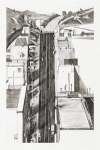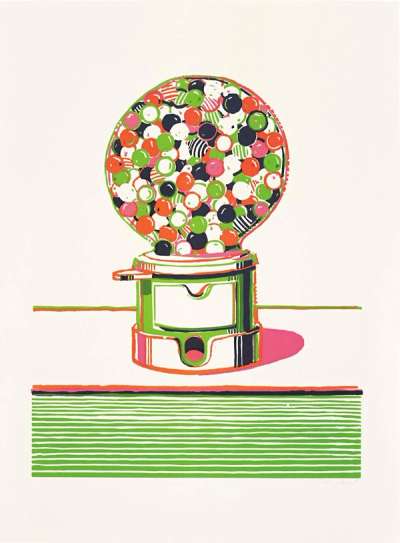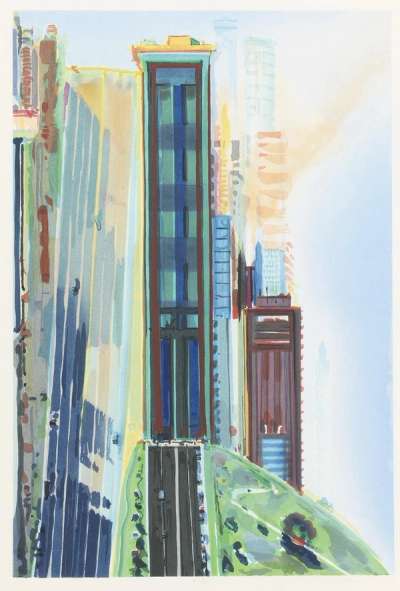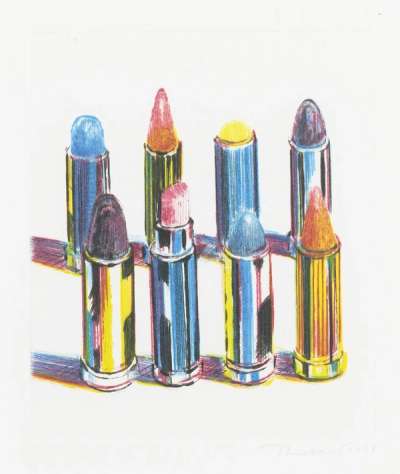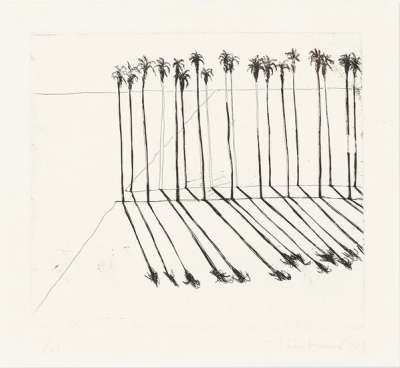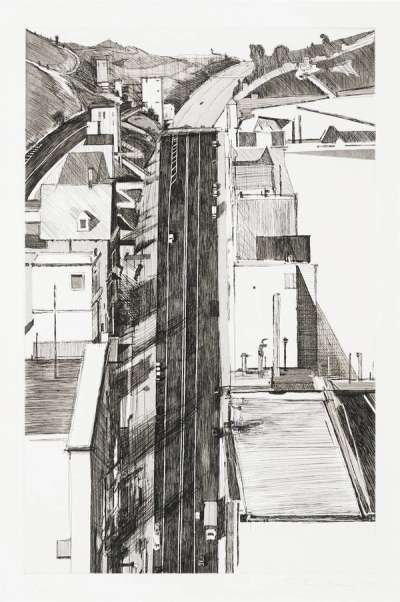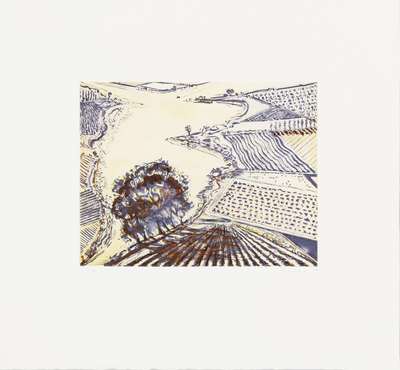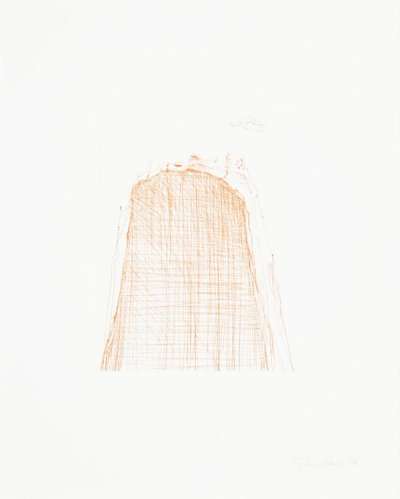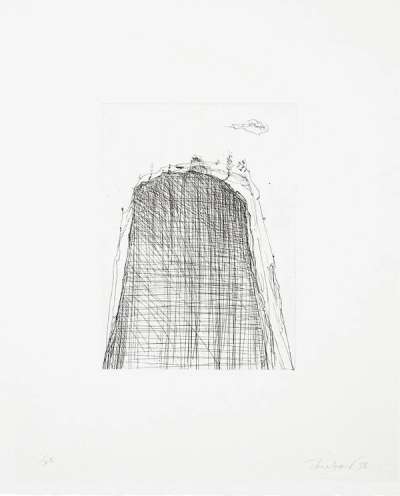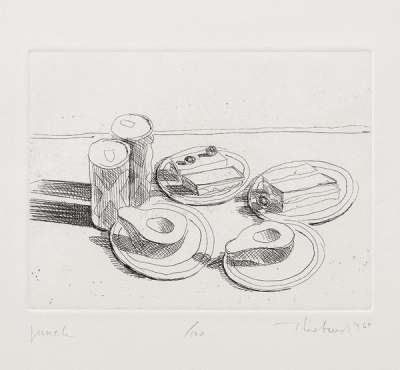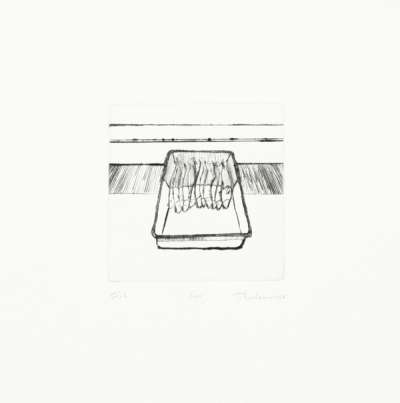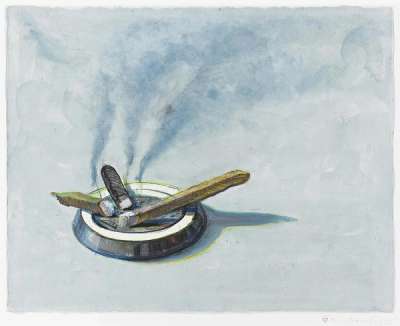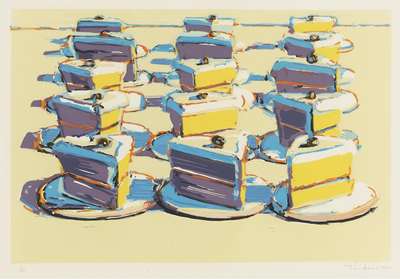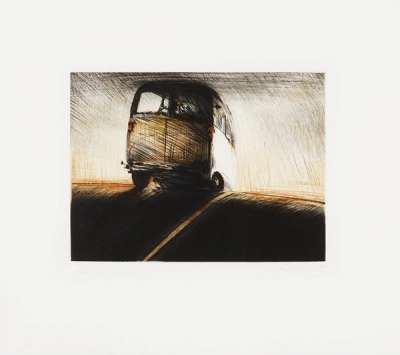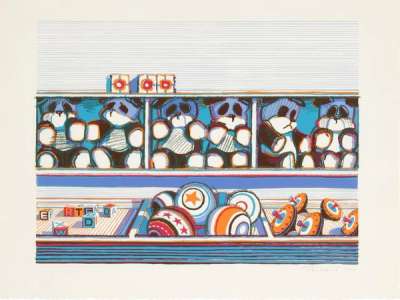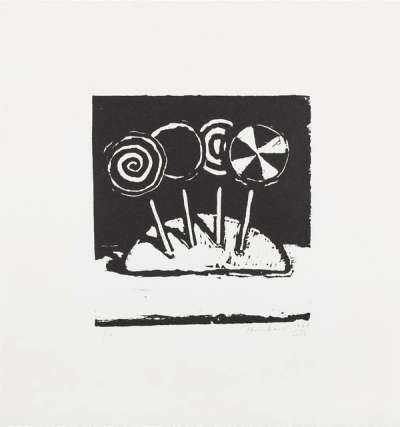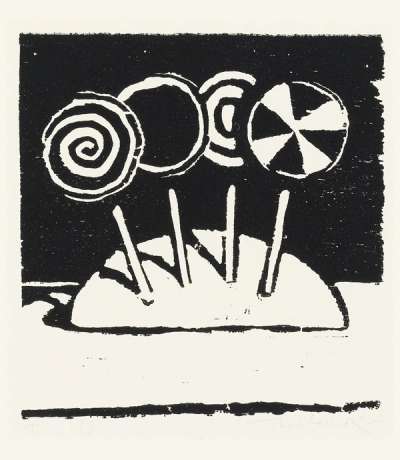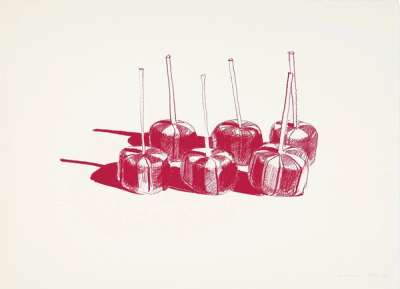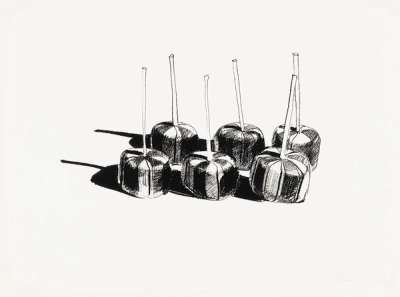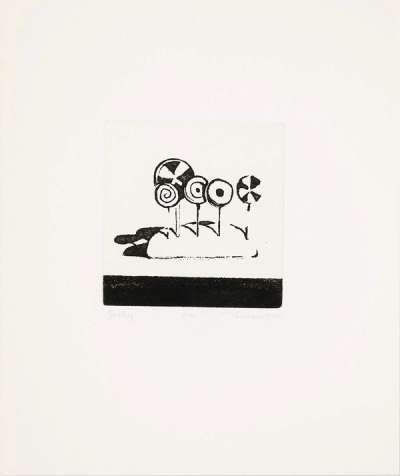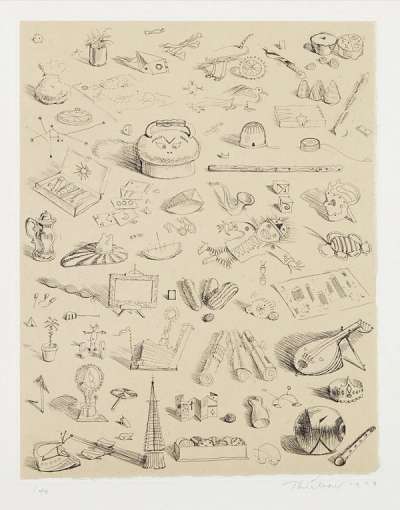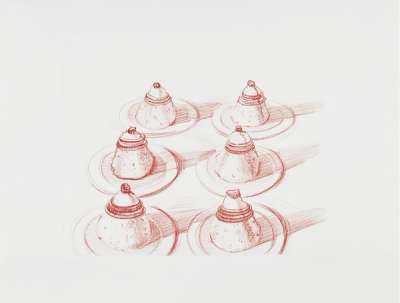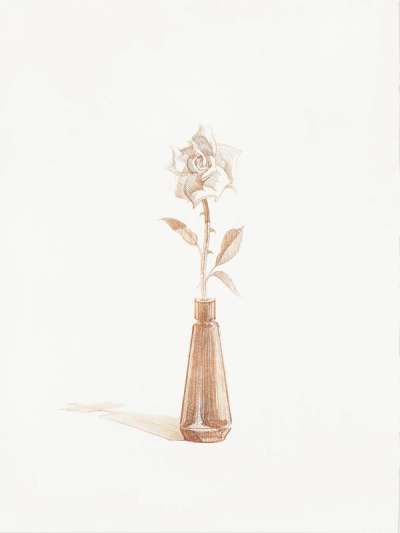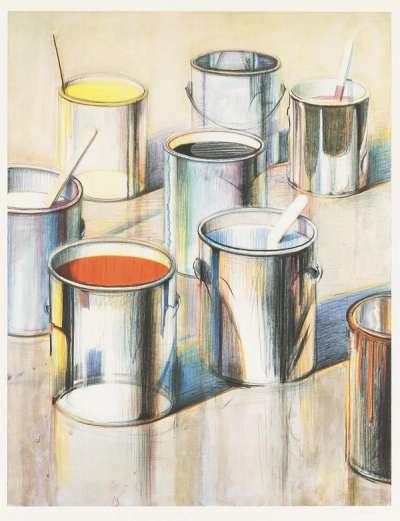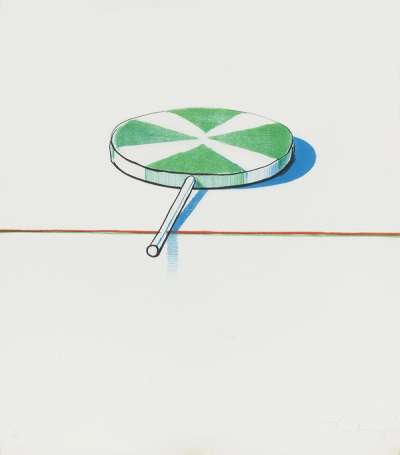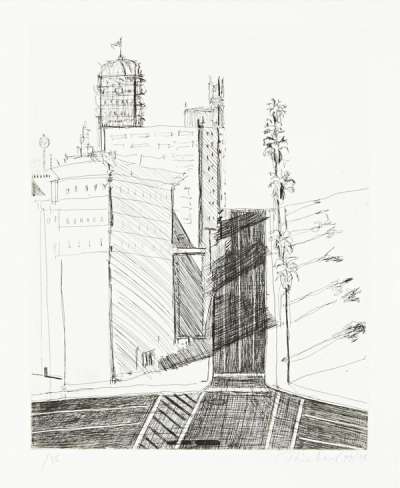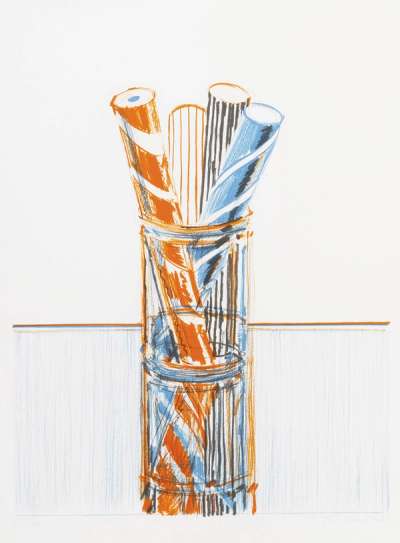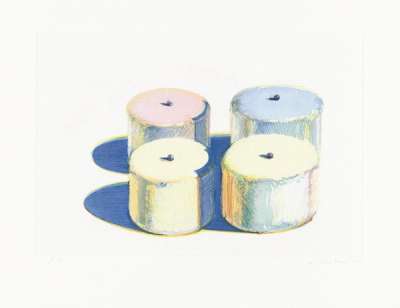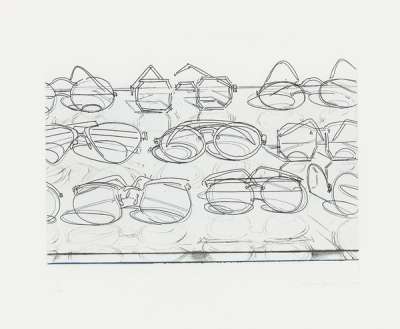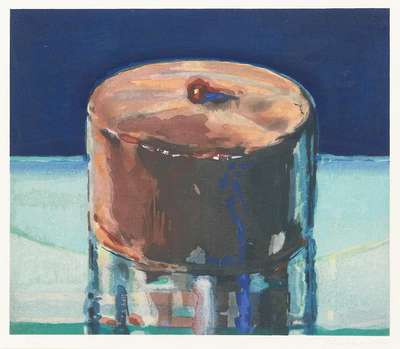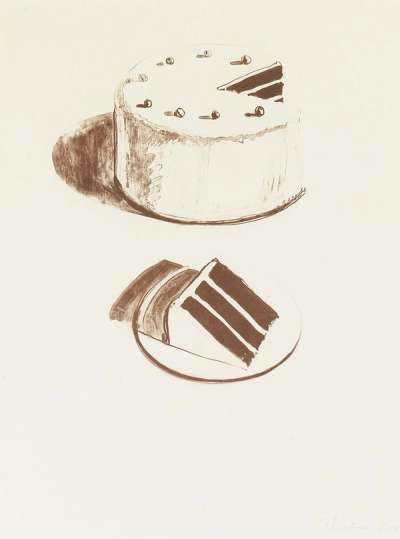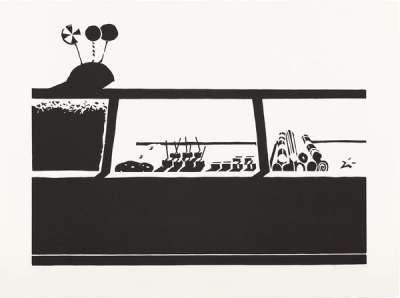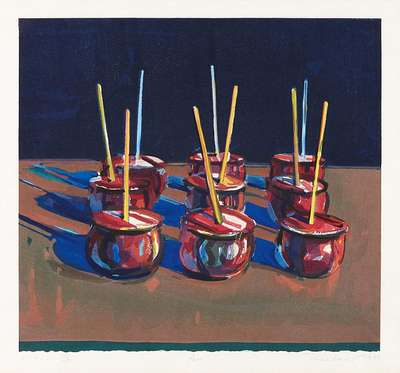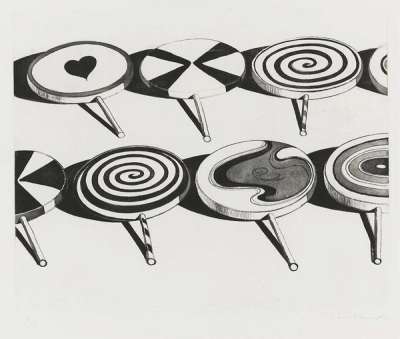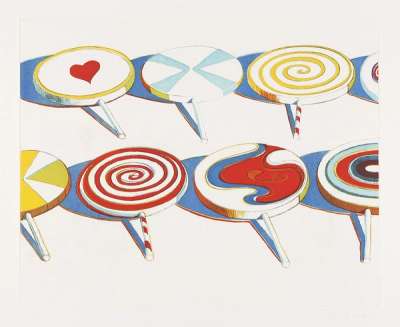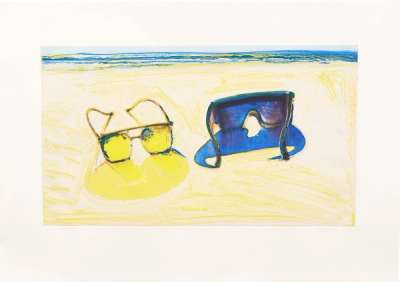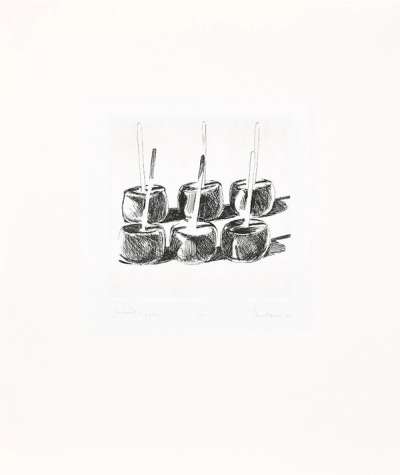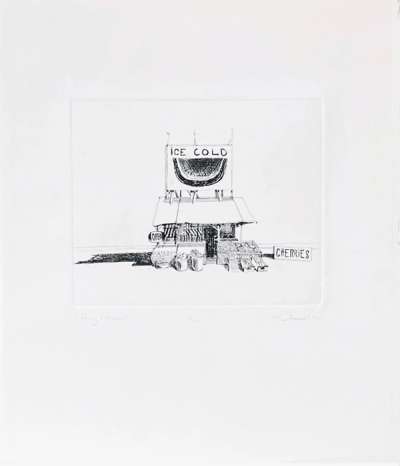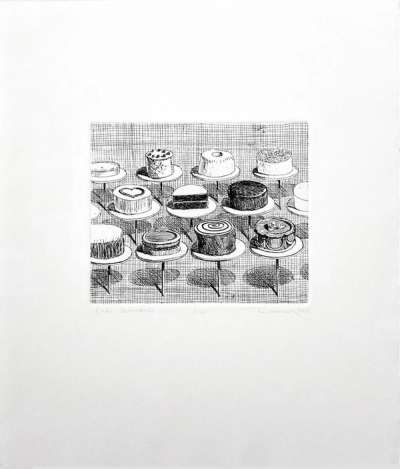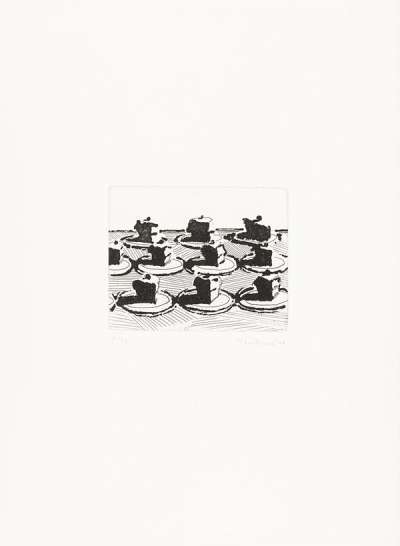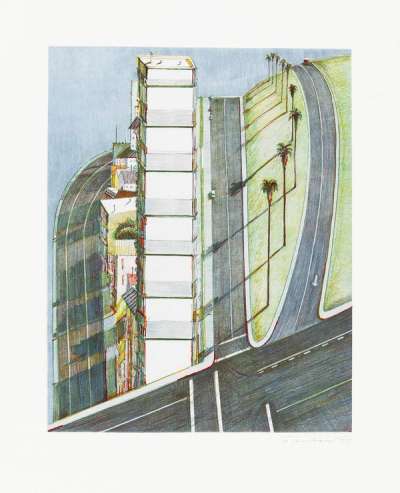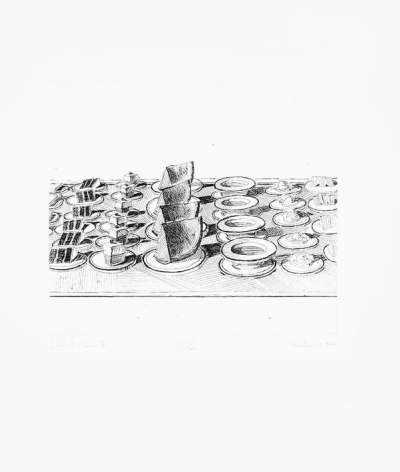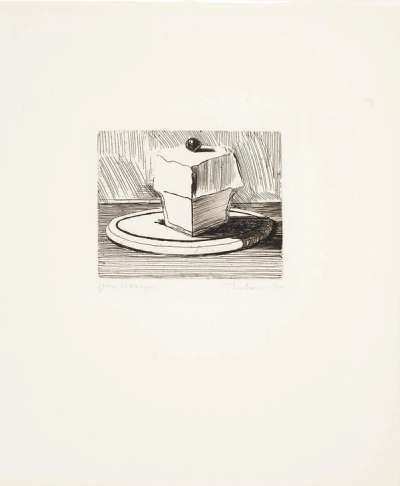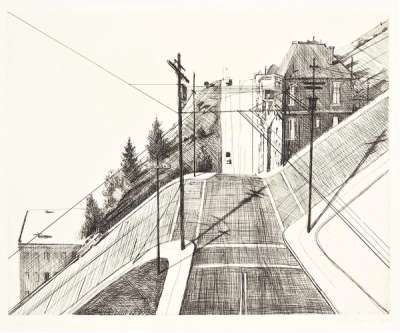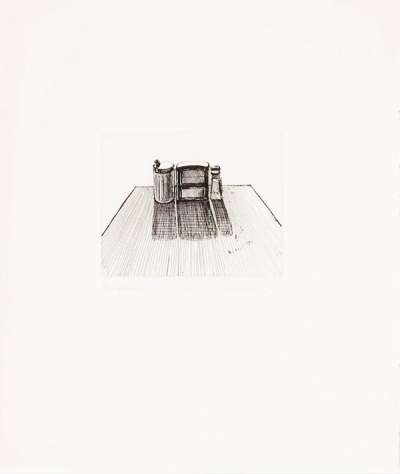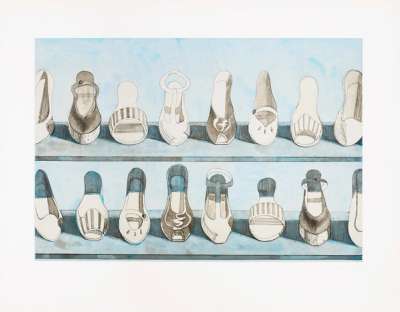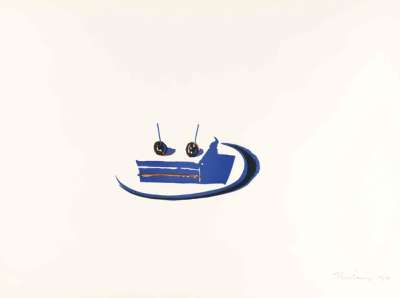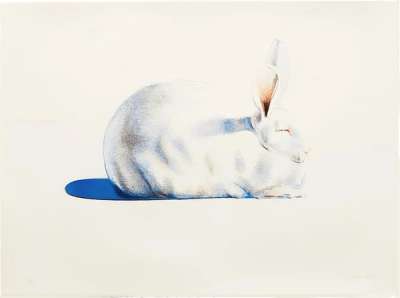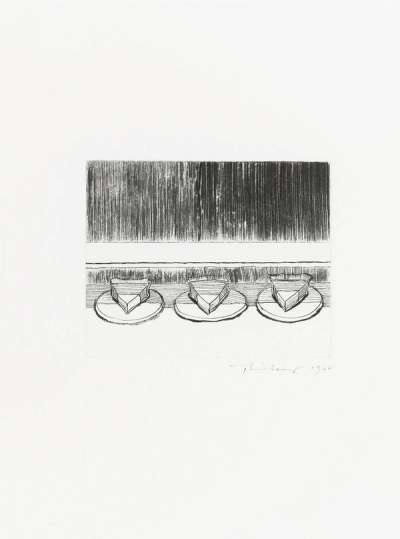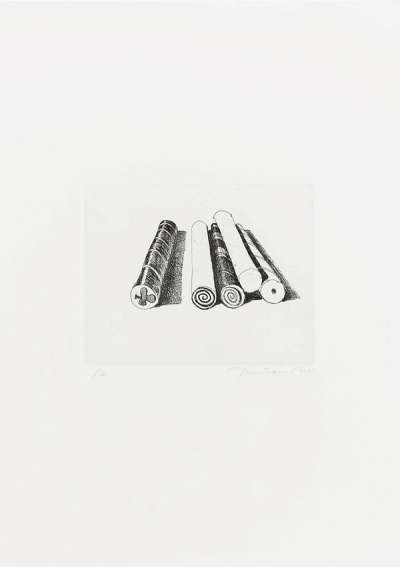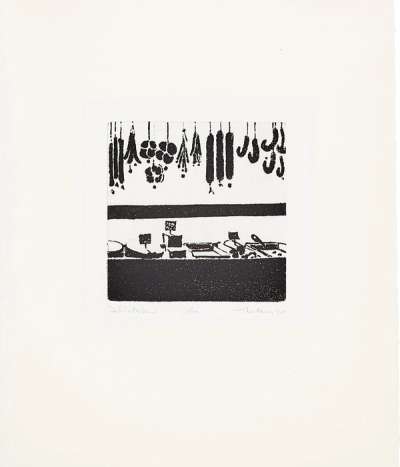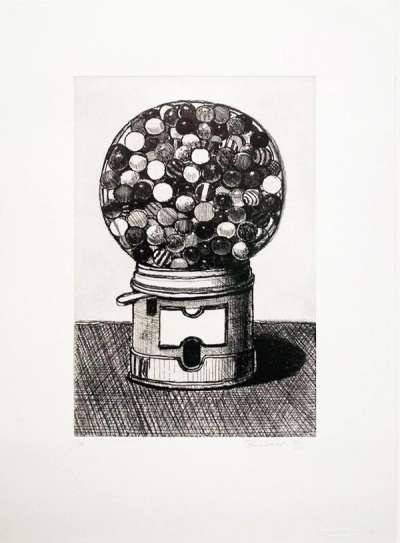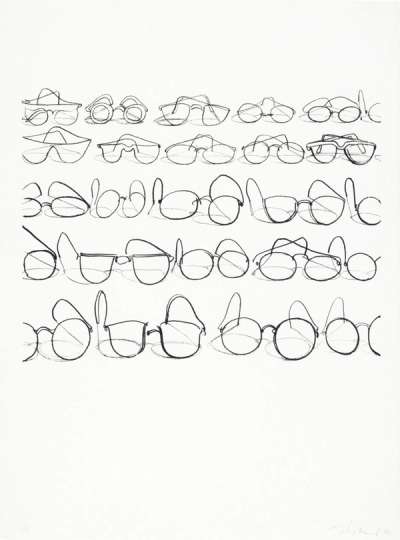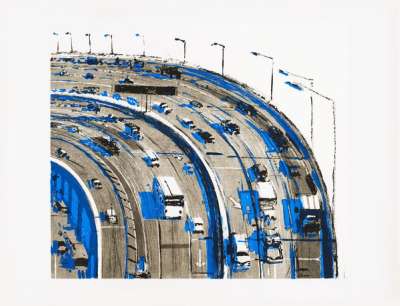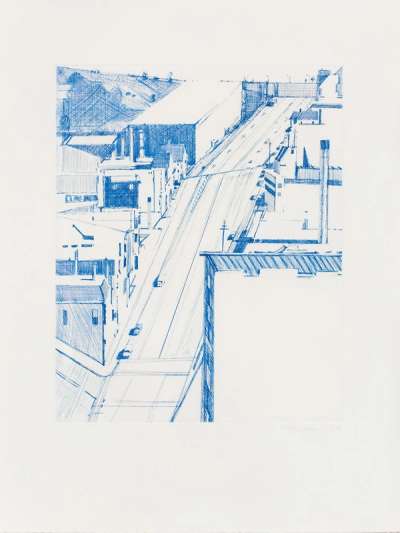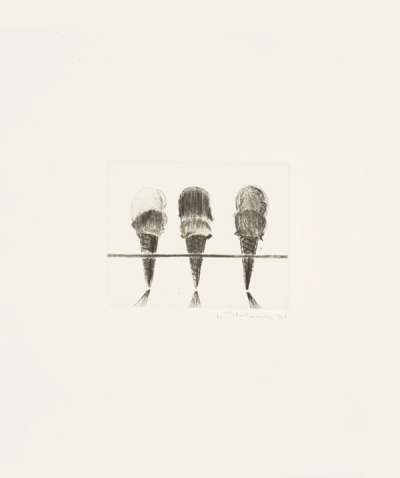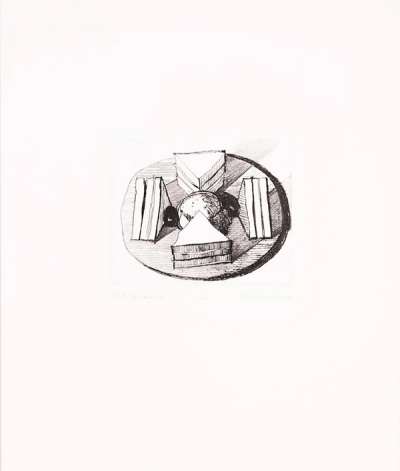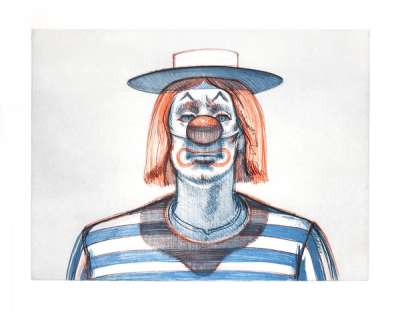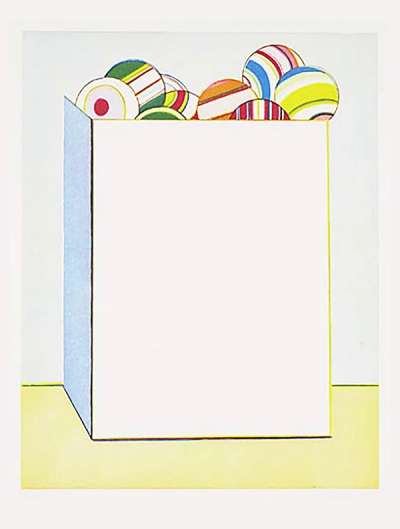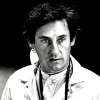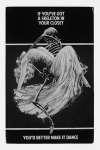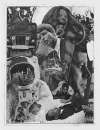Wayne
Thiebaud
Wayne Thiebaud, celebrated for his vibrant and whimsical depictions, masterfully blended Pop Art with realism, resulting in an elevated American art scene. If you’re looking for original Wayne Thiebaud prints and editions for sale or would like to sell, request a complimentary valuation and browse our network’s most in-demand works.
Wayne Thiebaud art for sale
Discover Wayne Thiebaud prints for sale, exclusively available through our private network of collectors. Explore signed and unsigned screenprints, lithographs, digital prints, and rare editioned proof prints by era-defining blue chip artists.
Sell Your Art
with Us
with Us
Join Our Network of Collectors. Buy, Sell and Track Demand
Biography
Born in 1920 in Mesa, Arizona, and raised in California, Wayne Thiebaud’s artistic journey began against the backdrop of the American West. His early life was marked by diverse experiences, from working as a cartoonist and designer to serving in the Air Force during World War II. Thiebaud's education at San Jose State College and later at the California State University at Sacramento was integral in shaping his artistic vision. He initially dabbled in various styles, heavily influenced by the works of masters like Willem de Kooning and Robert Rauschenberg. However, Thiebaud soon developed his distinctive style, characterised by bright colours and exaggerated shadows, which became his signature approach to depicting everyday objects and landscapes.
Thiebaud’s professional career took a definitive turn in the late 1950s and early 1960s, with his iconic depictions of cakes, pastries, and toys. These works, combining realism with subtle satire, earned him recognition as a key figure in the Pop Art movement, although he maintained a unique path that straddled both pop art and traditional realism. His work received significant attention with his first solo exhibition at the Allan Stone Gallery in New York in 1962. Thiebaud's art, with its focus on the commonplace and its vibrant palette, challenged the conventional boundaries of fine art and brought him both public acclaim and critical appreciation. His later works, exploring the landscapes and cityscapes of California, continued to captivate audiences with their playful yet poignant commentary on American life. Today, Thiebaud remains an influential figure in the art world, his work a testament to a career that spans over seven decades.
Thiebaud’s career, beyond his initial success with everyday objects, is marked by significant milestones that established him as an influential figure in contemporary art. A key moment came with his inclusion in the 1962 exhibition, New Painting of Common Objects, at the Pasadena Art Museum, which was one of the first Pop Art exhibitions in America. This exhibition placed Thiebaud alongside notable artists like Andy Warhol and Roy Lichtenstein, cementing his place in the art movement that was redefining the American aesthetic. Thiebaud’s work, with its focus on the ordinary yet with a nostalgic and introspective quality, offered a distinct voice within the movement.
Another crucial aspect of Thiebaud's legacy is his career as a teacher, which spanned over several decades at the University of California, Davis. His role as an educator was pivotal in shaping the next generation of artists. Thiebaud’s influence extended through his mentoring, where he encouraged a deep appreciation of both technique and the emotional aspects of art. His emphasis on the fundamental principles of painting and drawing, combined with his encouragement of individual expression, made his teaching as impactful as his art. In his later years, Thiebaud continued to evolve, exploring complex cityscapes and landscapes that played with perspective and vantage points. His exhibitions, such as those at the San Francisco Museum of Modern Art and the Whitney Museum of American Art, not only showcased his breadth of work but also underscored his influence on the trajectory of American art.

